
Lodz is a large Polish industrial city where a significant Jewish working class, along with merchants and rich industrialists, were concentrated in the nineteenth century. A fine representation of the reality of life in nineteenth-century Lodz can be seen in Andrezej Wajda’s 1974 film Ziemia Obiecana (Promised Land).
Under the occupation, the Lodz ghetto (with more than 150,000 people) was, just like the one in Warsaw, a concentration camp in the middle of a city, where the Germans deported Jews from other towns in Poland and Germany (the Germans had renamed the city Litzmannstadt). The Judenrat was headed by Chaïm Rumkowski, an authoritarian man and controversial figure to the Jewish community. Rumkowski’s policies allowed him to survive a year longer than other Jews with such functions in the other cities. Although the first deportations to the Chelmno camp began in 1942, it was not until August 1944, only just before the liberation, that the remaining Jews of Lodz (76,700 people) were deported and exterminated in Auschwitz. Only 800 Jews managed to survive until the end of the war, and almost none remain today. When visiting Lodz, contact the active Jewish community of the city.

Lodz’s main street, Piotrkowska, forms the link between the city center and the Jewish quarter, located in the north, near Rewolucji Street 1905. The synagogue still stands on this street in the courtyard of number 28 and is supposedly operational when a minyan is gathered. From the street, you can still see its beautiful facade and sign in Russian and Polish. In the courtyard, a smaller building features a stained-glass window and a Star of David.
On Piotrkowska Street near Zamenhofa Street, there was a Jewish community building dating back to 1899, serving first as a place of ritual slaughter and later as a synagogue. After the was, it was converted into a shop and then a printing house.
The enormous Jewish cemetery is truly impressive. Built in 1892 on ninety-nine acres, it features a beautiful, railed gate and around 180,000 graves, including those of relatives of the poet Julian Tuwin and pianist Arthur Rubinstein.
The Museum of Lodz’s Traditions of Independence is currently the oldest historical museum in the city. It consists of three sections and the Roma forge (place of memory of the extermination of the Roma population during the Second World War).
The main headquarters of the museum is located in the premises of the prison built in the years 1883-85, on the order of the Tsar of Russia, which was mainly intended for political prisoners. During the German occupation and after the end of the Second World War, it was a place of isolation for women imprisoned for political crimes.
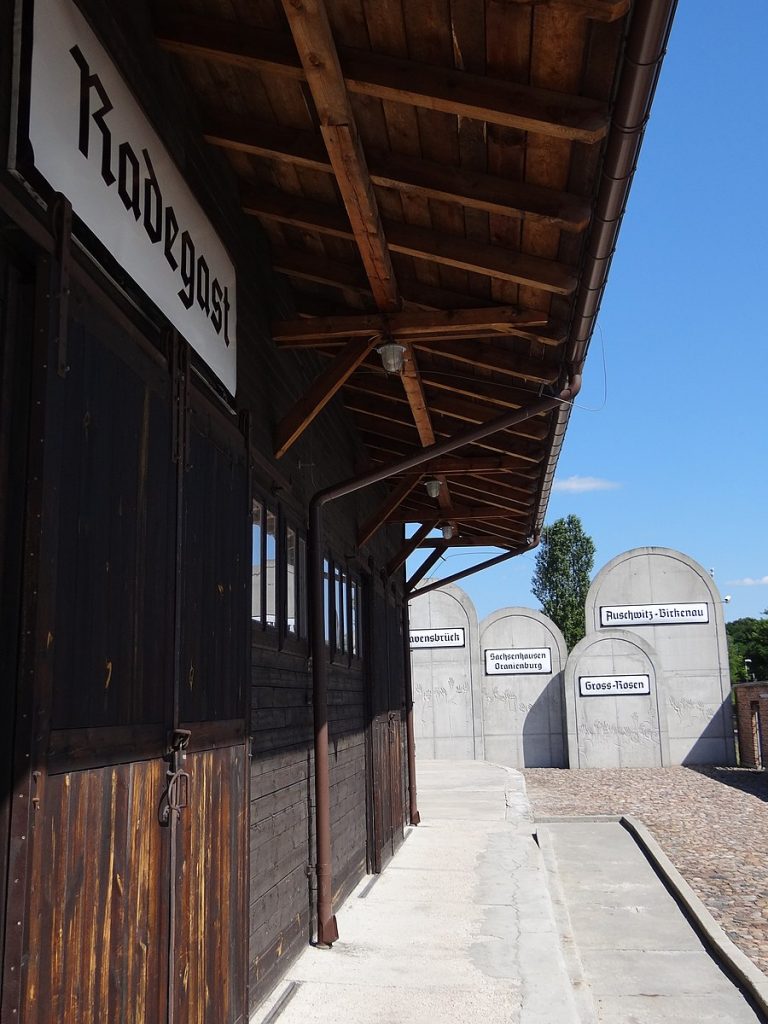
Radogoszcz’s martyrology section is located in the former Samuel Abbe factory, which during the Second World War served as a police prison for residents who violated the law of the German occupation. Radogoszcz was a male transit prison. According to the 1944 data, prisoners spent periods of not more than two months awaiting trial or transfer to other prisons or camps. This is where the convoys for mass executions in the Lodz region started. It is also from here that had left the prisoners who were killed during the biggest public execution, in the town of Zgierz on March 20, 1942. It is estimated that during the German occupation nearly 40,000 prisoners went through this establishment.
On the night of January 17 to 18, 1945, just before the arrival of the Red Army, the Nazis set the prison on fire while placing a machine gun in front of the only exit of the building. In the ensuing massacre, more than 1,500 people died. This place is dedicated to the memory of the victims of the Second World War and the martyrdom of the inhabitants of Lodz and the region of Warta.
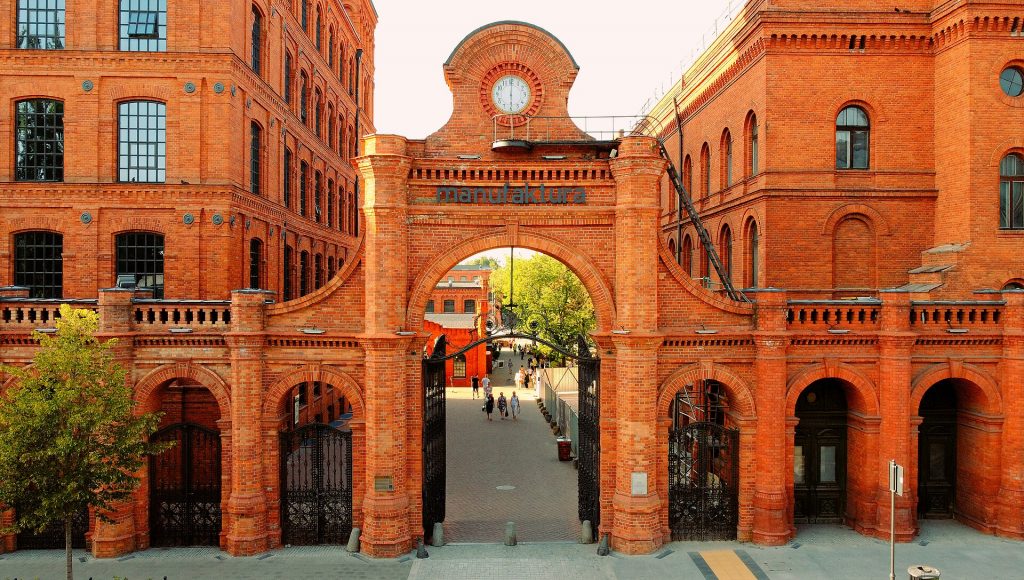
During Hitler’s occupation, the section of the Radegast station bore the name of the transshipment station of the Radogoszcz ghetto (Verladebahnhof Getto-Radegast). It was the point of transshipment of food, fuel and raw materials for the ghetto population and its workshops, as well as the point of loading of the products that were made there. The station also became a “Umschlagplatz” for people deported to death camps. Today, it is a place of memory of the martyrdom of the Jews of Lodz and its surroundings, but also of the Jews of Vienna, Prague, Berlin, Berlin and Luxembourg. This is one of the most moving places in Lodz. The scenography, sober and majestic, makes the visitor evolve in a dark corridor, punctuated by the visual documentation of the daily life of the Jews of the Lodz ghetto. If you only have one day planned in Lodz, this memorial must be on your list.
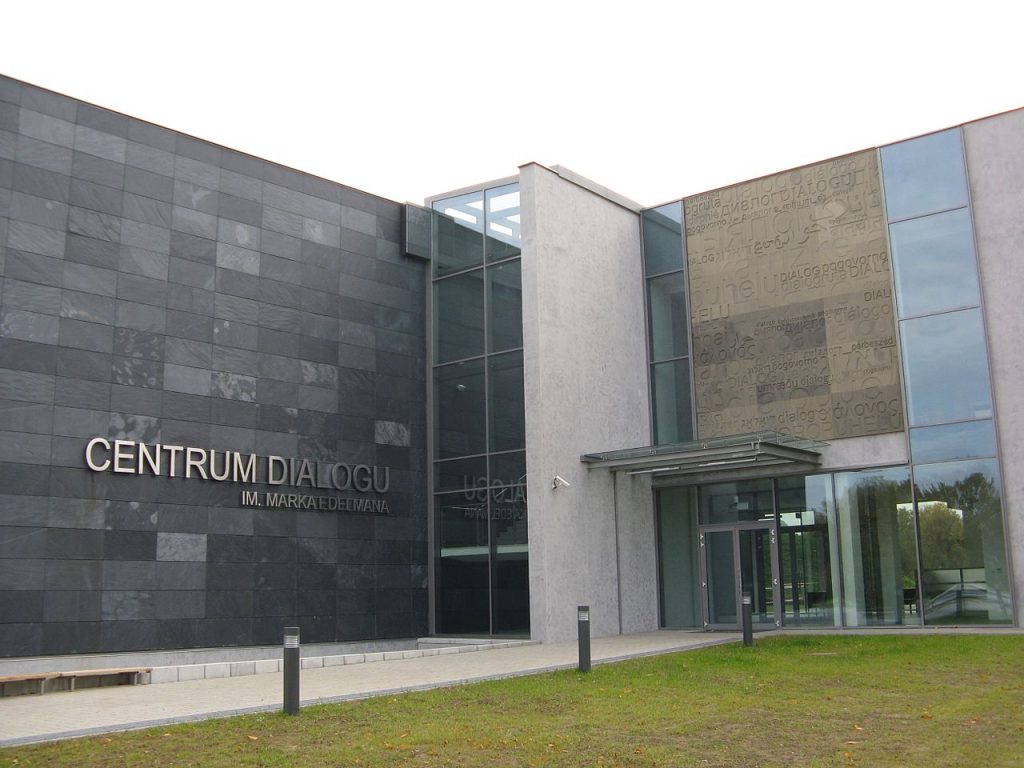
The Marek Edelman Dialogue Center is a cultural and educational center that reflects the multicultural and multi-ethnic history of Lodz. The exhibitions and lectures are mainly focused on the history of the city’s Jews and relations between the Jewish and Polish communities. When leaving the Center, take half an hour to walk around the impressive Survivors Park, overlooked by a statue of Jan Karski.
To finish your visit of Lodz, go for dinner to the Manufaktura, quasi city in the city and former location of factories of Izrael Poznanski. This site, which never tires of astonishing, shows the influence of the Jewish industrialist on the city.
Izrael Kalmanowicz Poznansky
(Aleksandrów Lódski 1833 – Lódz 1900) was a Jewish-Polish businessman and entrepreneur living in Lódz.
His modest father settled in the old town of Lódz in 1834, holding a leather and textile stand. After finishing high school, Izrael Poznanski began his meteoric rise as a street vendor. Gradually, he became one of the most prominent entrepreneurs in Poland, forming an industrial empire that employed thousands of workers in its cotton factories.
He also gained a reputation as a philanthropic patron: at first not very concerned about the well-being and security of his staff, he undertook at the end of his life to engage in caricative actions and built orphanages, schools and schools. hospitals.
Together with Ludwig Geyer and Karol Scheibler, the two other “cotton kings”, Poznański became the most important manufacturer in Łódź, a city that was highly industrialized and multi-cultural at the time, mostly populated by Poles (Catholics and Jews) and Germans (Protestants) and whose bourgeois backgrounds were very well portrayed in Władysław Reymont’s novel entitled The Promised Land (Ziemia Obiecana), later adapted for film by Andrzej Wajda.
Poznański has left Łódź an important industrial heritage that constitutes a unique architectural ensemble, having survived the two world wars. The sites related to his memory are also among the most remarkable of the city: we can mention the huge industrial buildings of Ogrodowa Street, today completely renovated and which became a shopping center, services and entertainment called “Manufaktura”, the nearby Poznański Palace, now a museum (with an important exhibition on Arthur Rubinstein) and a marble tomb in the Jewish cemetery – the largest Jewish cemetery in Europe – whose style and stature define strongly with the Jewish tradition which forbids any form of ostentation for funerals and tombs and which is the largest individual Jewish burial monument in the world.
A March of the Living ceremony was held in Lodz on 29 August 2024 to commemorate the 80th anniversary of the liquidation of the Lodz ghetto. 500 people, including Holocaust survivors, Polish political representatives and 12 ambassadors took part, at the Radegast railway station from where the last convoy of deportees left on 29 August 1944. The ceremony highlighted the importance of educating young people about the Shoah and working for a better future.
Eric Slabiak is, with his brother Olivier, the founder of the famous group Les Yeux Noirs (1992), mixing gypsy and Yiddish music. In 2019, after 8 albums and 1,800 concerts around the world, he created the band Josef Josef. On the album of Les Yeux Noirs, Balamouk we find the song “Lodz”, inspired by his family link to the city. Here’s our interview with the artist.
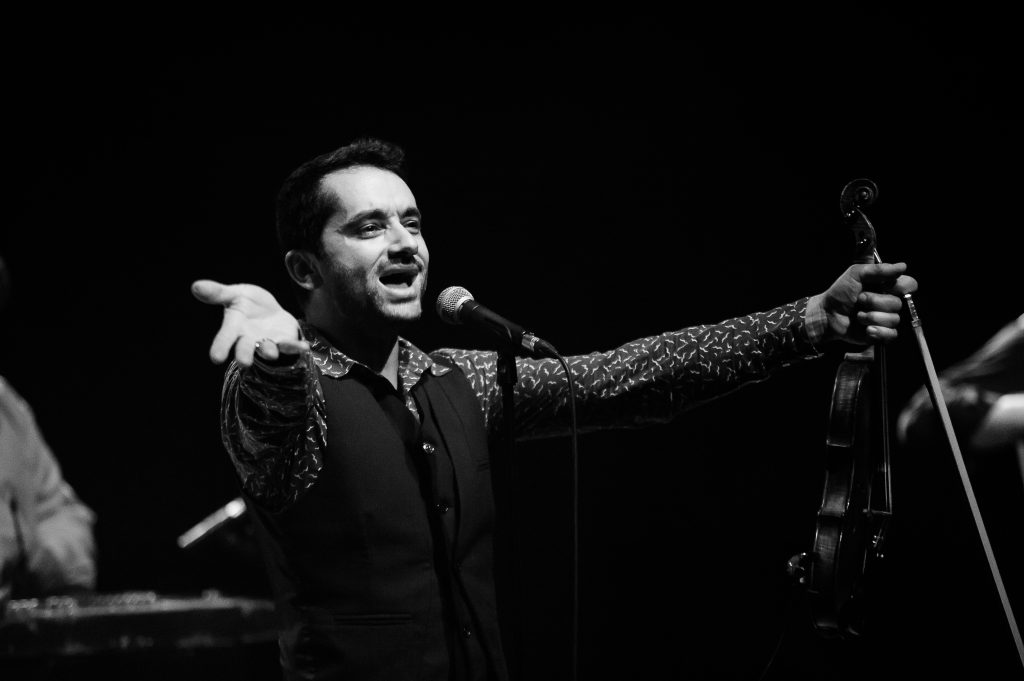
Jguideeurope: What is your family link to Lodz?
Eric Slabiak: This is the birthplace of my maternal grandfather. Whenever I hear the name of this city, I have the impression that the entire Jewish history of Poland has been unfolding there. When I talk to people whose ancestors were also from Lodz, I see their eyes light up. A look immediately charged with a certain twist of melancholy.
It is a city that I perceived in my imagination as a shtetl, a village. A feeling reinforced by the fact that my family was of modest means. Later, I learned that this is actually a big industrial city.
My family comes from many Polish cities: Warsaw, Lublin, Czestochowa, Lodz and others. Lodz represents for me the mysterious city, it arouses my curiosity. Nourished by a double feeling of affection and rejection. My ancestors were driven out. Nevertheless, there remains a bond that transcends generations. I can’t quite explain it to myself but it is there.
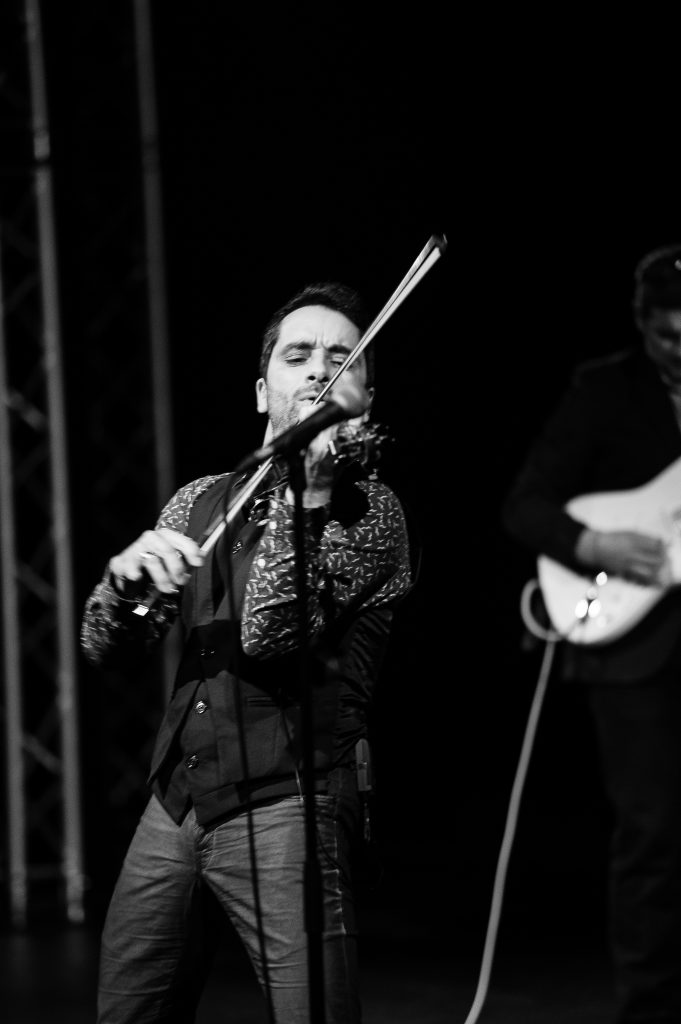
What inspired the song “Lodz”?
Today I want to explore Lodz and other Polish cities. I would like to feel there, even if they are fantasized connections, what my family went through. Find the neighborhoods in which they lived, the traces of their ancient presence of several generations. A nostalgia for a past that I have never known in a place that I have not known. For my grandparents, it was inconceivable to return there after being driven out for fear of being welcomed by the Poles. So, through this piece, I tried to translate my impressions, my imaginary memories of Lodz.
Did you also evoke family roots in other parts of your work?
I come from a family of musicians, so the wide range of emotions was very present around the songs, music and dance. My passion is absolutely linked to my family. The one that I didn’t know and the one that I knew. So it was found in different ways on the Yeux Noirs albums and on Josef Josef’s. I often choose Yiddish songs thinking that my grandparents heard or sang them themselves. On Josef Josef’s album there are five Yiddish songs. On stage, I often add others …